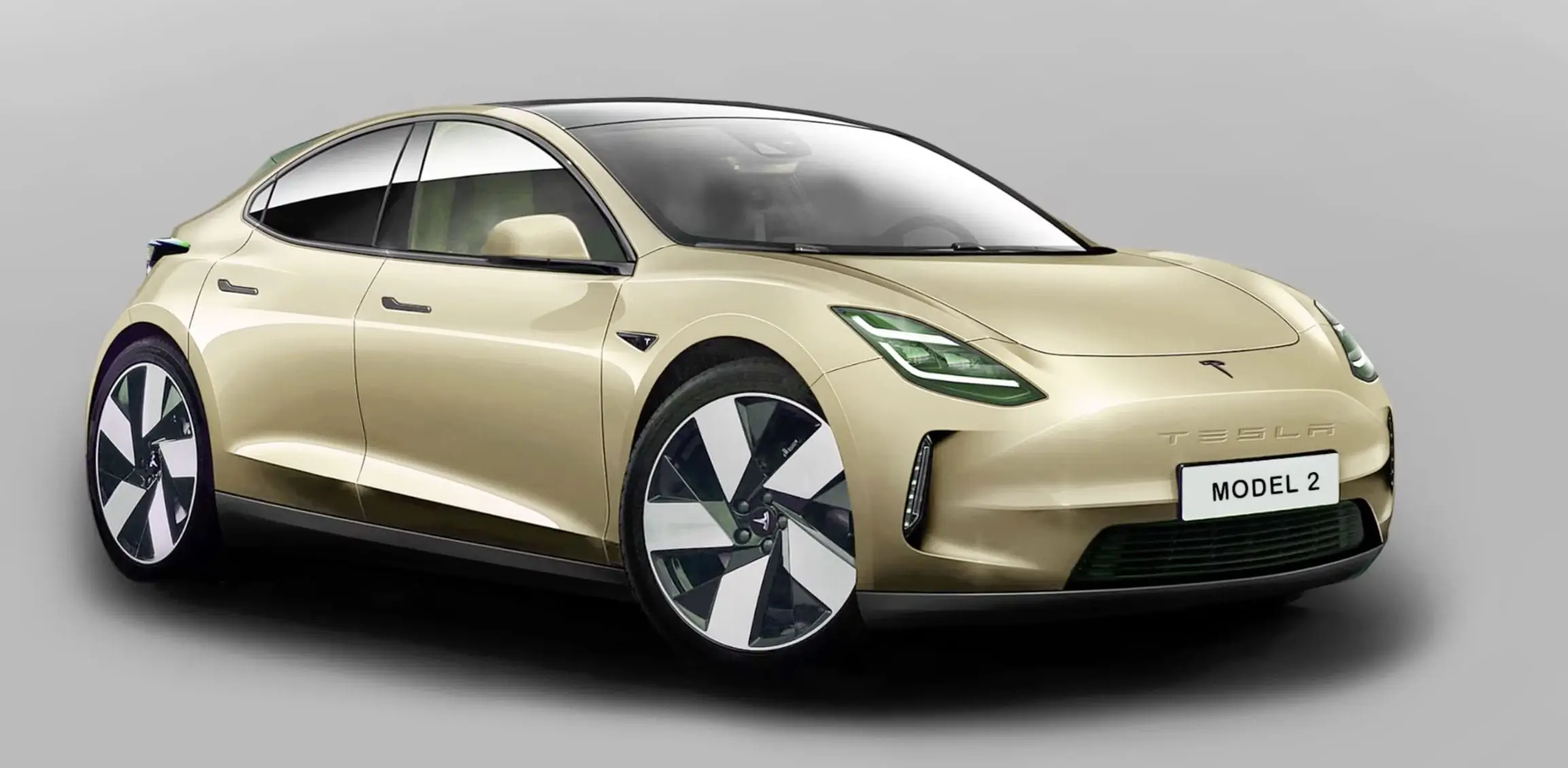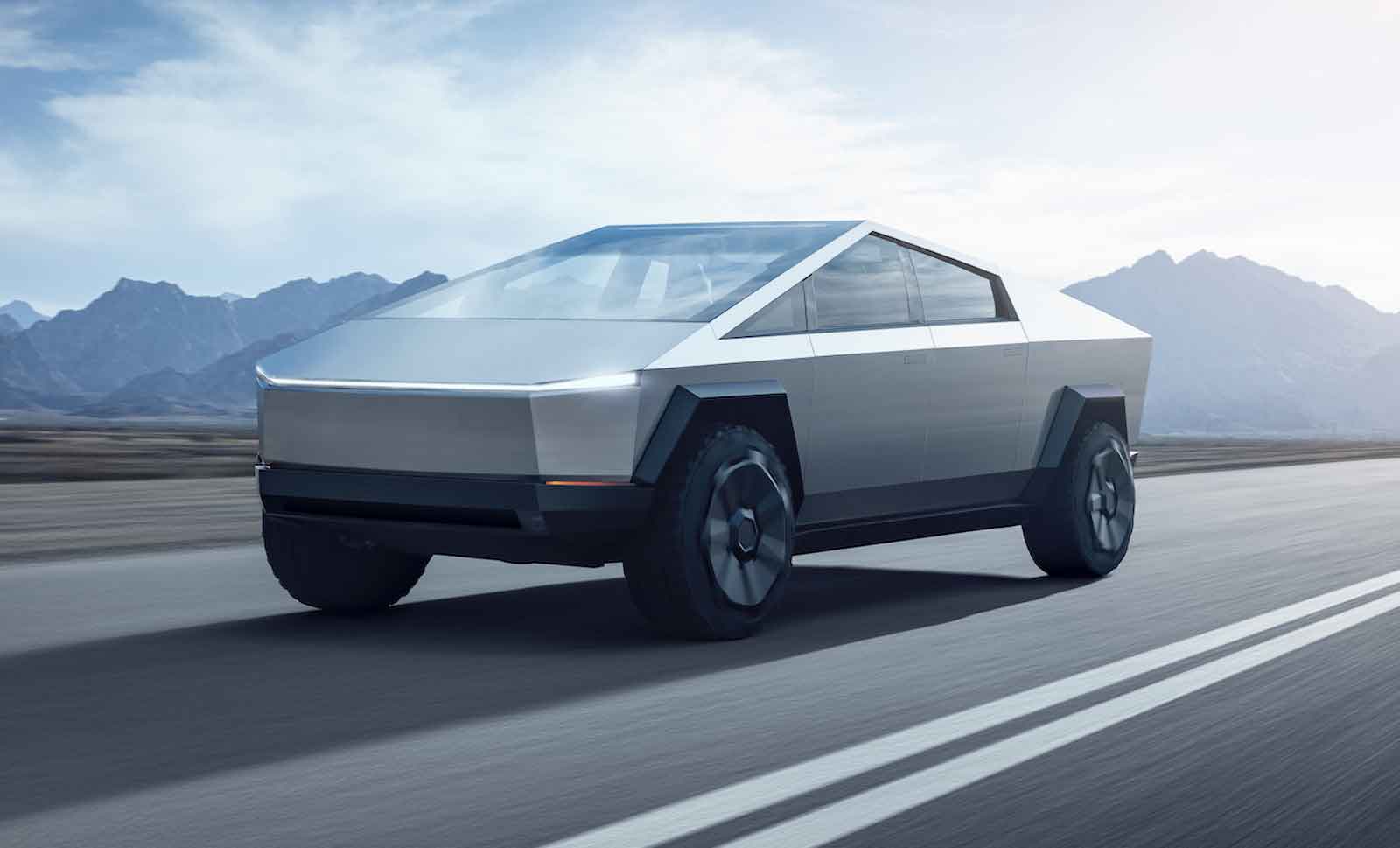
A new Tesla electric vehicle aimed against the VW ID.
In the brand's all-electric lineup, the new baby Tesla will sit below the Model 3.
Tesla will not deliver its long-delayed Cybertruck or the new Roadster by the end of 2022, but the company is already refocusing on the creation of a smaller, less expensive model that might have a greater impact on EV adoption.
There have long been rumours of a car that would sit below the Model 3, the present entry point. Tesla CEO Elon Musk most recently denied that the business was developing such a vehicle at the beginning of this year, saying: "We have enough on our plate right now, quite frankly."
Tesla, on the other hand, has frequently topped sales charts in important geographic areas in 2022, increased its production pace, and produced its three millionth vehicle. And now it looks like Musk has made the decision that it is time to fight for better affordability.
"We've done the engineering for the Cybertruck and Semi [Tesla's lorry], so you can anticipate what we're working on, which is the next-generation vehicle that will be around half the cost of the Model 3 and Y platform," he said in a recent financial results briefing to analysts. To be fair, it will be smaller, but I believe output will soon surpass that of all of our other cars combined.

With a length of roughly 4.4 metres, it should be positioned as a challenger for traditional family hatchbacks. A more angular back roofline could accomplish that while still allowing for a typical bonnet with baggage room underneath it.
The Model 3 was chosen as a reverse of the Model E, which Ford had first advised Tesla against using. Despite internet rumours referring to the automobile as the Model 2, this badge is by no means assured to be adopted.
The less expensive, smaller variant is currently Tesla's engineers' main priority, according to Musk. We don't want to discuss particular [launch] dates, but our new-vehicle development team is primarily focused on this [new model].
We're going to apply what we've learned from the Cybertruck, the Semi, [Models] S, X, 3, and Y to that platform. We're aiming to reach that 50% mark once more.
That is an allusion to the Model Y, whose base structure is considerably less expensive than the Model 3.
For example, a new pair of bigger stamped components in the Y's bodyshell alone replace 171 individual pieces in the Model 3, saving more than 1,600 welds during production. Tesla implemented enhanced techniques to reduce enormous quantities of complexity in the Y. According to recent rumours, Tesla is currently working on Highland, a redesigned Model 3 that will incorporate these improvements.
It's almost probable that Tesla's ability to produce the new, smaller vehicle affordably will depend on the battery chemistry it chooses and the way the cells are mounted. Lithium-iron phosphate (LFP) cells, which are easier to manufacture than nickel manganese cobalt cells, have already been deployed by the corporation (NMC).
LFP, which the manufacturer now uses in some of its vehicles, is likely to play a significant role in the technical design of the less expensive model, along with a novel installation.
As part of a partnership with China's BYD, the company is reportedly getting ready to introduce "cell-to-chassis" technology on Model Y vehicles made in Germany.
This method, which is lighter and more compact than traditional module-based manufacturing, saves even more room, which can be utilised for extra cells to help make up for LFP's lower energy density and provide equivalent range.
Musk is certain that Tesla can build on its recent success of selling three million cars and reach a total of more than 100 million vehicles by the end of the decade. He claims that in order to accomplish this, the company will require "about a dozen plants," and while the first factory in California is "just running out of room," the majority of the facilities would be able to produce up to two million cars annually.
This objective almost definitely hinges on a smaller, more economical model; therefore, even if a third vehicle follows the Roadster and the Cybertruck, we might see it on the road by 2025.










